A prolific artist whose career spanned over 45 years, Albert Renger-Patzsch (1897–1966) was a leading…


A prolific artist whose career spanned over 45 years, Albert Renger-Patzsch (1897–1966) was a leading…
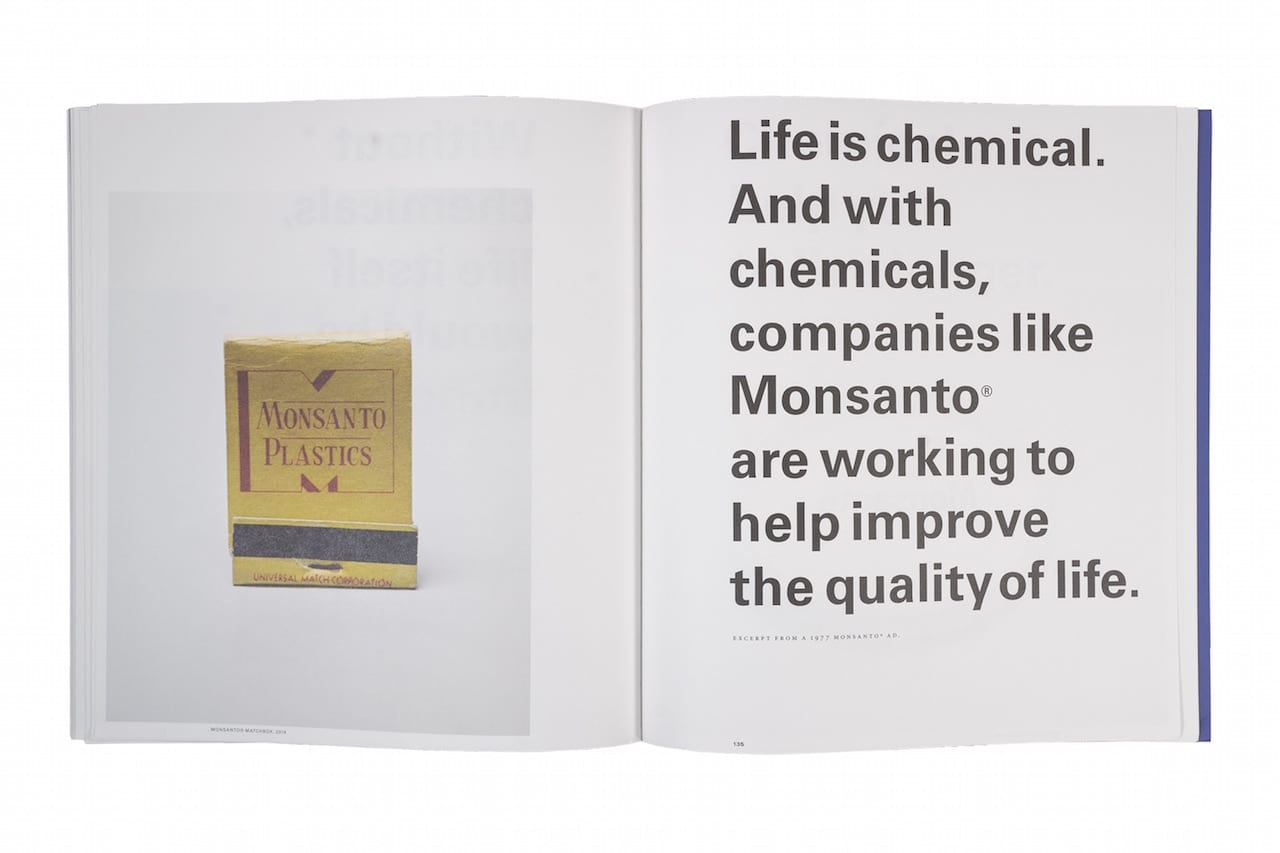
“Asselin’s Monsanto® is a courageous, investigative project that connects evidence-driven photography and visual research to the democratisation of knowledge; it’s important that this book exists in physical form, as a document, and not just in the virtual world,” says Cristiano Raimondi of Mathieu Asselin’s photobook Monsanto®. A Photographic Investigation. Raimondi is head of development and international projects at the New National Museum of Monaco and an invited curator for Platform 2017 at this year’s Paris Photo, but he’s speaking as a jury member for the 2017 Paris Photo-Aperture Foundation PhotoBook Awards because Asselin’s book has just won the prestigious First PhotoBook prize.
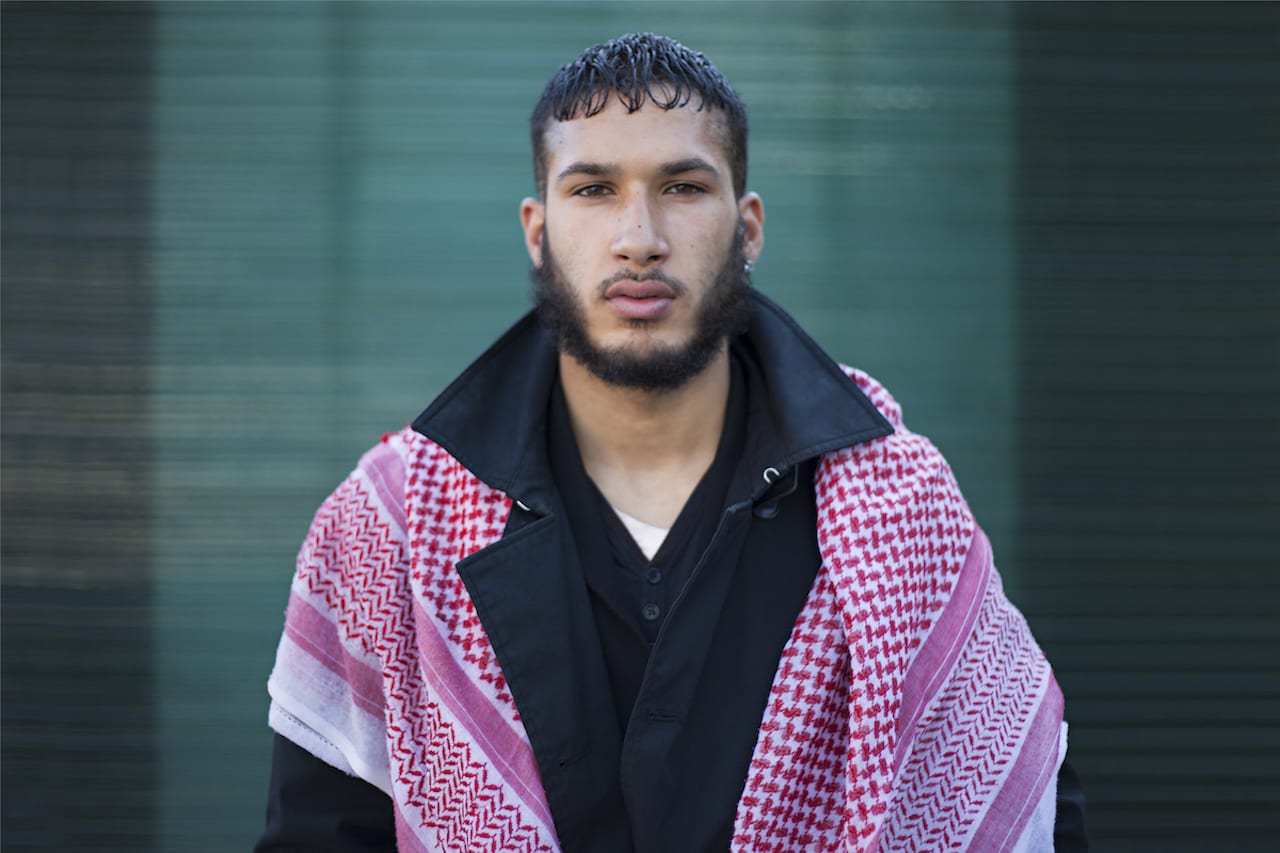
“When 9/11 happened, I was four, so obviously I didn’t really know what was going on. But in terms of now, of how Muslims are portrayed in the media, I think it’s a very one-sided story. We’re all terrorists, evil, who want to take over this country. I mean, thinking back now, I was only four, so all I’ve experienced is that this country hates me.” So says one of the sitters in Mahtab Hussain’s You Get Me?, a series of portraits shot over nine years in Birmingham, Nottingham and London. It shows young, working class, British Asian men, a group which has been negatively depicted in the media since 9/11 but which Hussain hopes to portray in a more nuanced way.

Born in 1983, Emmanuelle Andrianjafy grew up in Madagascar and worked as an engineer in France before moving to Dakar in 2011. Relocation to Senegal proved quite a shock. “It’s very energetic, very hectic, very loud,” she told BJP for the June Ones to Watch issue. “It’s very different to where I’ve lived before. It’s by the sea but it’s not peaceful; the landscape is harsh and dry. I was tempted to not deal with it and just stay at home.”
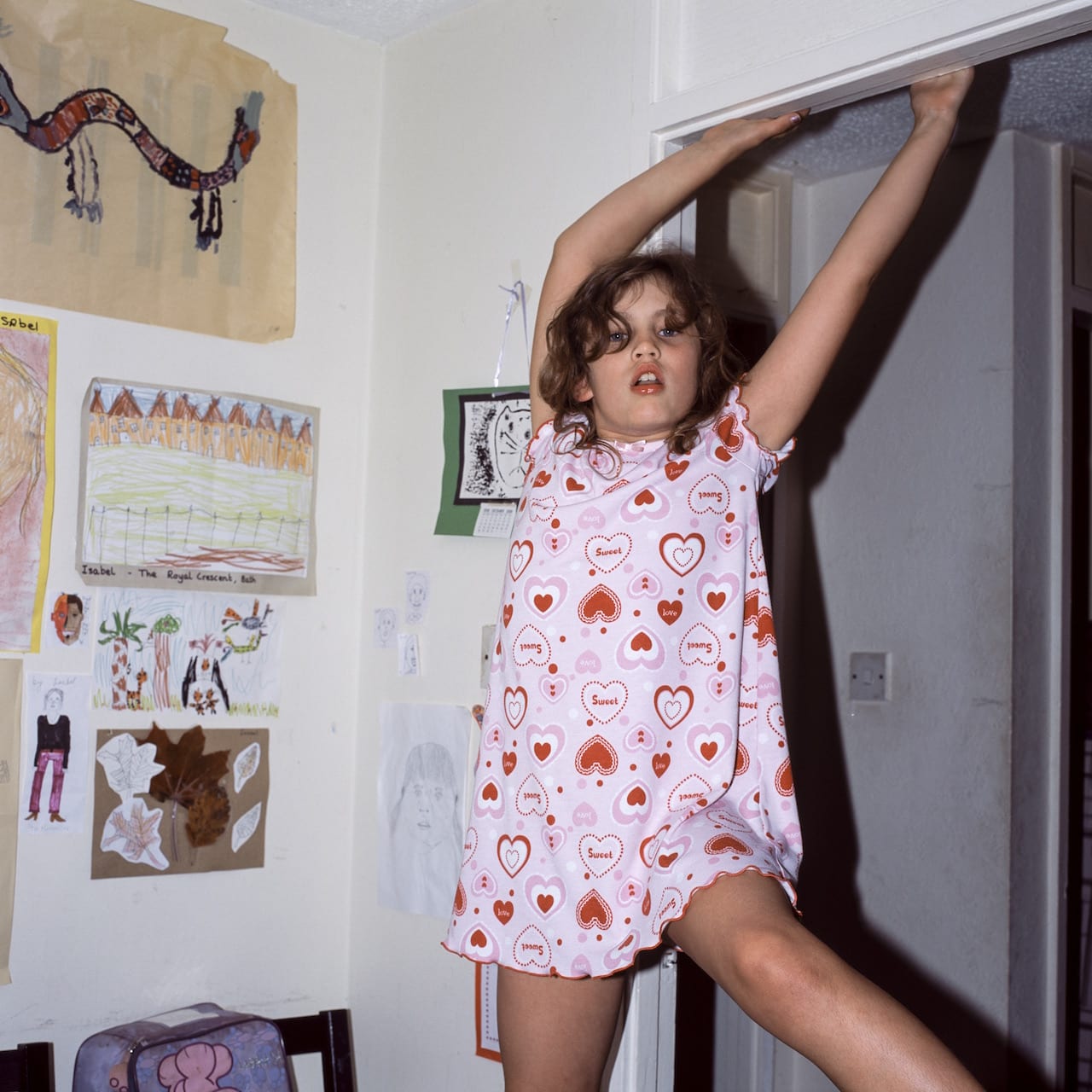
Colin Pantall began photographing his daughter, Isabel, in the delivery room moments after she was born. From then on, “it was just constant”, he says. Previously, the pictures he took were architectural, environmental, sometimes historical; but becoming a father re-oriented him entirely. The transition wasn’t effortless. In the early days his experience of fatherhood was spiked with feelings of claustrophobia and intense anxiety – fear of Isabel’s death, fear of his own. A sense that he could easily become obsolete.

The last time we spoke to Vasantha Yogananthan he was preparing to release chapter one of his hugely ambitious seven-part project A Myth of Two Souls. A project that he started in 2013 with his first trip to India, the collection is a photographic re-imagining of one of the most significant Hindu texts, the epic poem Ramayana. Dating back to the 4th century, the Ramayana still holds tremendous significance in India, with its allegorical, mythical stories helping convey concepts such as love, duty, violence, loyalty and divinity. Yogananthan had always been familiar with the Ramayana growing up – his Sri Lankan father told him stories from it during his youth in Grenoble, France, and he picked up comic book adaptations of it as a teenager. But it was only when he visited India that he realised just how interwoven the analogies presented in Ramayana are with the experience of everyday life on the subcontinent, and just how thin the line can be between mythology and reality.
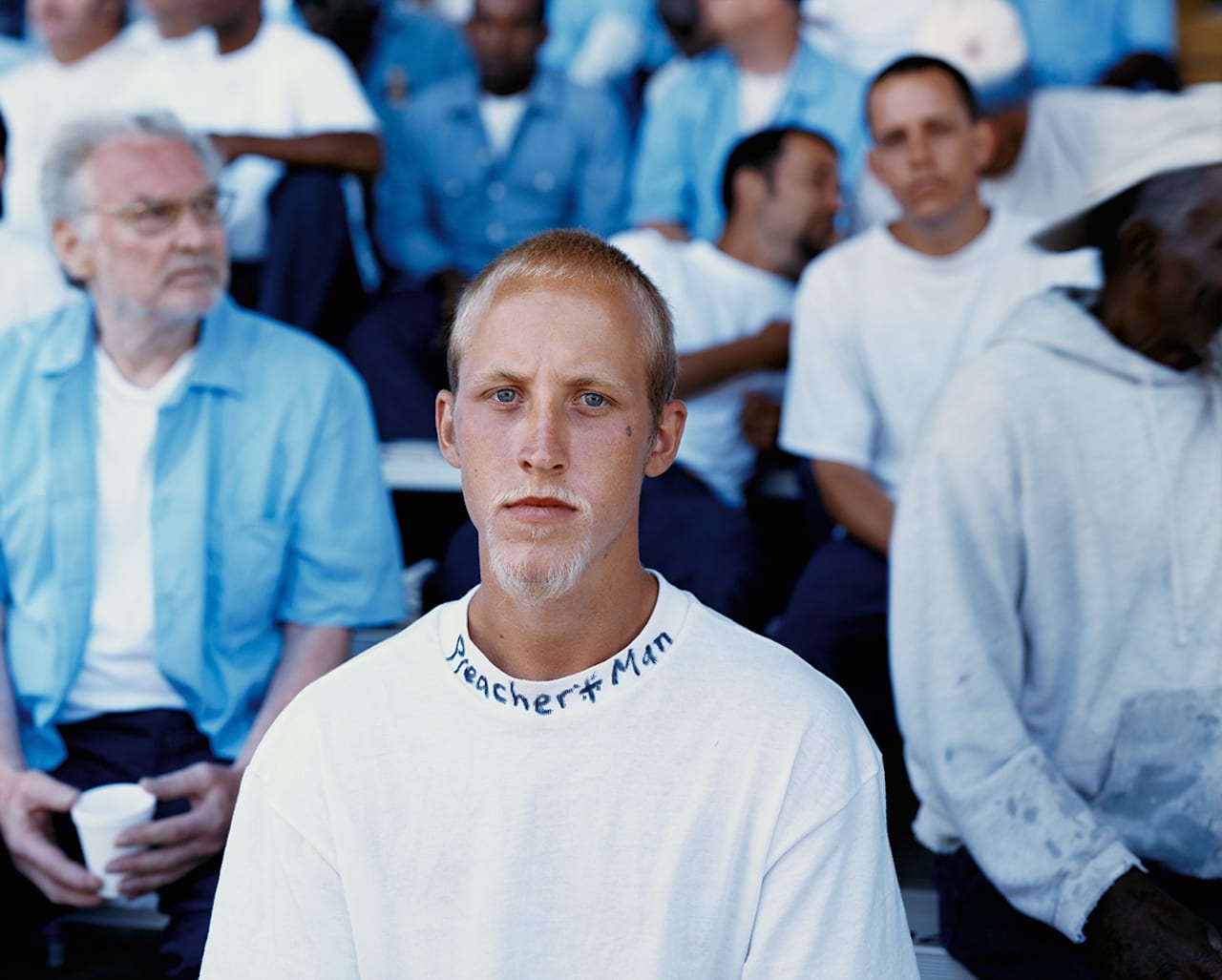
Sleeping by the Mississippi has been ranked with the great representations of the United States, including Walker Evans’ pictures of the depression, Robert Frank’s harsh vision of the 1950s and, more recently, the colour work of Joel Sternfeld. As Alec Soth’s seminal work goes on show in London and is given a handsome reprint by MACK, we revisit an interview with him from back in 2004 – when the series first came out.

Tormented by a traumatic past and challenged by a difficult present, Sicily is still haunted by the destructive presence of Cosa Nostra. In Terra Nostra, Mimi Mollica shows this problematic entanglement, focusing on the legacy of the Mafia in Sicily. Born and raised in Palermo, Mollica says the series was a labour of love on his homeland, and he tells BJP how he created it, and how he got into photography in the first place.

Venezia graduated from university in 2016; starting life as his end-of-year project, Nekyia demonstrates the research-based direction he moved into, drawing on classical literature to explore the complex economic and political situation of modern Greece. It focuses on the river Acheron, which flows through Epirus in northwestern Greece, and is featured in classical epics such as The Odyssey, Aeneid and The Divine Comedy as the boundary between this world and the underworld. Its name literally translates as the ‘river of woe’.
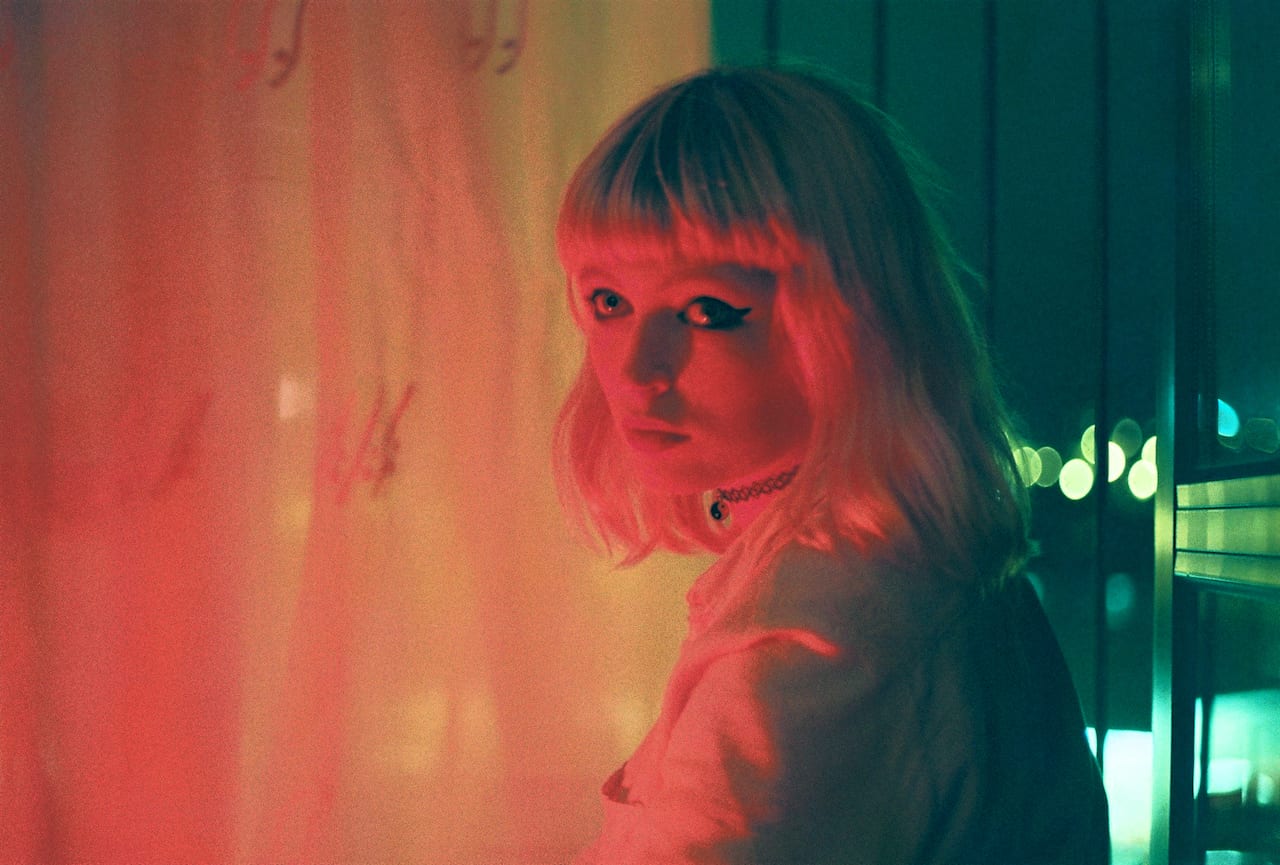
“This exhibition doesn’t have any of the clichés people might expect Irish photography to have,” says Vivienne Gamble. “I want it to give a viewpoint of the country that a lot of people wouldn’t necessarily expect.”
The director of Peckham’s Seen Fifteen Gallery is talking about Triptych, an exhibition showing in Paris from 09-12 November in association with Centre Culturel Irlandais. The exhibition, which will be held across the three levels of the Espace Lhomond gallery just across the street from the CCI, features work by three of Ireland’s most promising photographers: Ciarán Óg Arnold, Megan Doherty and Martin Seeds, each of whom is showing photographs deeply rooted in their homeland.